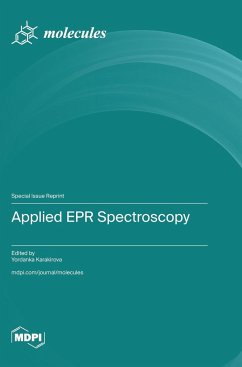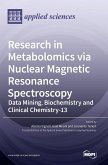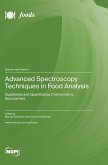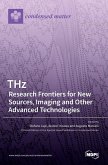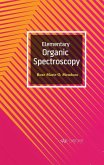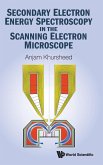Electron paramagnetic resonance (EPR) spectroscopy has been widely used for more than 60 years. However, in recent years, EPR spectroscopy has expanded significantly in the field of practical applications, mainly due to its advantages, such as its high sensitivity (to 1012-1013 molecules, which translates to 10¿11 to 10¿12 M) and selectivity (only for paramagnetic species). Moreover, it is a quick, non-destructive method, and in some cases, samples may be kept as documents for future inspection. The design of portable EPR spectrometers with small dimensions greatly facilitates the use of this method in practice. The aim of the Special Issue "Applied EPR spectroscopy" is to highlight the current status as well as trends in the development and application of EPR spectroscopy. It covers EPR research in the fields of biology and medicine, chemistry (metal complexes, polymers, and catalysis), dosimetry, geology, mineralogy, archaeology, environmental control, food technology, quantitative EPR, etc.

